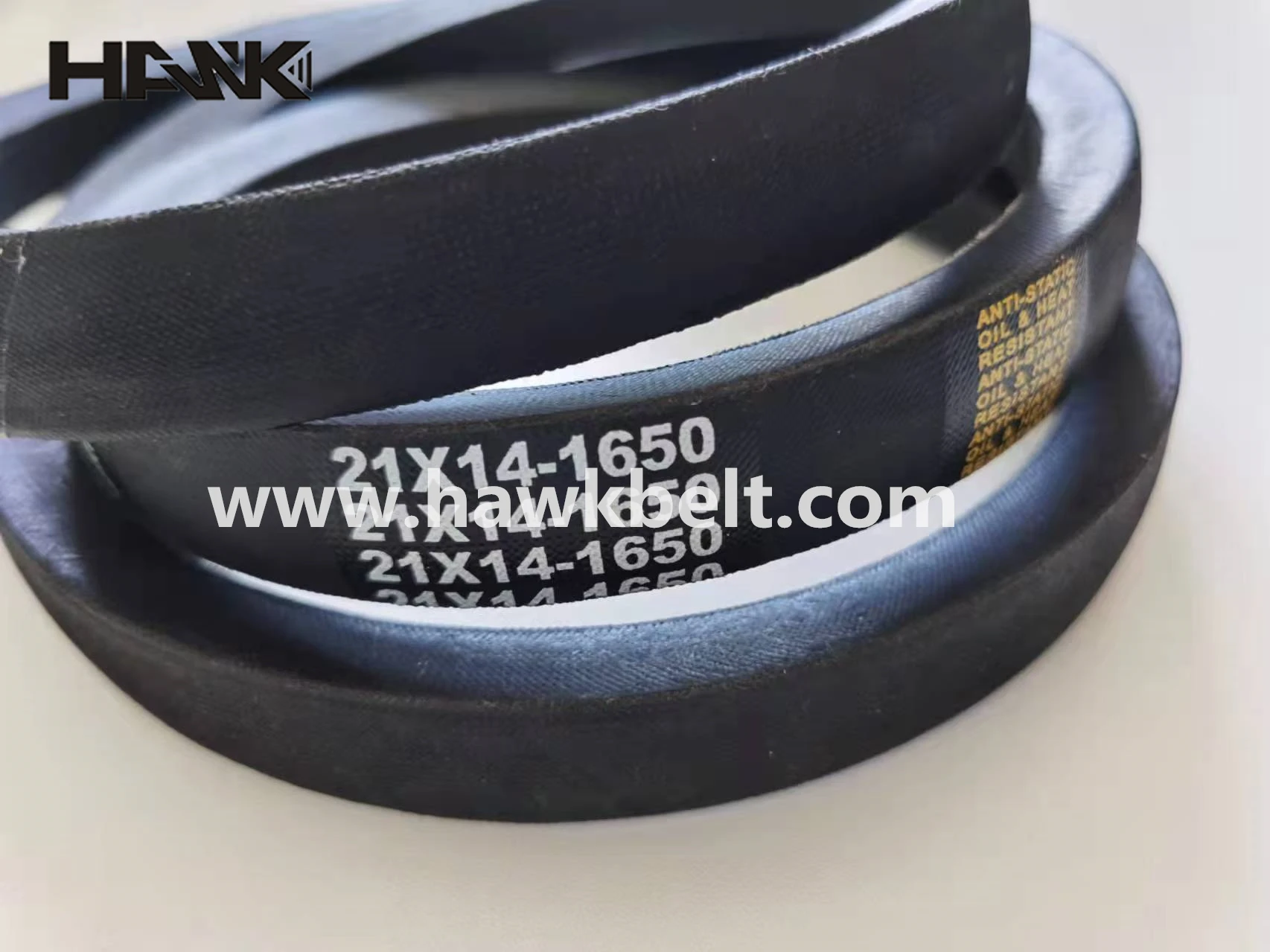- Arabic
- French
- Russian
- Spanish
- Portuguese
- Turkish
- Armenian
- English
- Albanian
- Amharic
- Azerbaijani
- Basque
- Belarusian
- Bengali
- Bosnian
- Bulgarian
- Catalan
- Cebuano
- Corsican
- Croatian
- Czech
- Danish
- Dutch
- Afrikaans
- Esperanto
- Estonian
- Finnish
- Frisian
- Galician
- Georgian
- German
- Greek
- Gujarati
- Haitian Creole
- hausa
- hawaiian
- Hebrew
- Hindi
- Miao
- Hungarian
- Icelandic
- igbo
- Indonesian
- irish
- Italian
- Japanese
- Javanese
- Kannada
- kazakh
- Khmer
- Rwandese
- Korean
- Kurdish
- Kyrgyz
- Lao
- Latin
- Latvian
- Lithuanian
- Luxembourgish
- Macedonian
- Malgashi
- Malay
- Malayalam
- Maltese
- Maori
- Marathi
- Mongolian
- Myanmar
- Nepali
- Norwegian
- Norwegian
- Occitan
- Pashto
- Persian
- Polish
- Punjabi
- Romanian
- Samoan
- Scottish Gaelic
- Serbian
- Sesotho
- Shona
- Sindhi
- Sinhala
- Slovak
- Slovenian
- Somali
- Sundanese
- Swahili
- Swedish
- Tagalog
- Tajik
- Tamil
- Tatar
- Telugu
- Thai
- Turkmen
- Ukrainian
- Urdu
- Uighur
- Uzbek
- Vietnamese
- Welsh
- Bantu
- Yiddish
- Yoruba
- Zulu
Sep . 28, 2024 13:45 Back to list
Replacement Fan Belt for Motor Applications 10PK Quality and Durability Assured
Understanding Motor Belts and Fan Belts A Comprehensive Guide
When it comes to the operation of a vehicle or machinery, the role of belts cannot be underestimated. Among these crucial components, the motor belt and fan belt play vital roles in ensuring the effective functioning of various systems. This article delves into the details of motor belts, specifically 10PK fan belts, exploring their functions, types, and maintenance tips.
What are Motor Belts and Fan Belts?
Motor belts, in general, are essential components that transfer power from the engine to various systems, such as the alternator, water pump, air conditioning compressor, and more. They are critical to the functioning of any vehicle, as they connect the engine's crankshaft to these components, allowing them to perform their duties effectively.
The fan belt, specifically, is a type of motor belt that drives the engine cooling fan. This belt ensures that the engine operates at an optimal temperature by circulating coolant through the radiator and maintaining airflow. When the fan belt operates efficiently, it helps prevent overheating, which can lead to severe engine damage.
The 10PK Fan Belt
The term 10PK refers to the specification of the fan belt, indicating its length and the number of ribs it has. Specifically, the 10 denotes the belt's length in millimeters, while the PK signifies the ribbed design commonly used in automotive applications. The ribbed design provides improved grip and flexibility, allowing for efficient power transmission between the engine and the accessories it drives.
In many vehicles, especially modern ones, the use of a 10PK fan belt is prevalent due to its optimized performance and durability. Constructed from materials like rubber and reinforced with fabrics, these belts can withstand high temperatures and resist wear and tear over time.
Types of Motor and Fan Belts
Motor and fan belts come in various types, depending on the application, design, and vehicle requirements
. Some common types include1. Serpentine Belts These are long, continuous belts that drive multiple components. They are designed to reduce noise and vibrations, making them a popular choice in modern vehicles.
motor belt\/fan belt 10pk

2. V-Belts These have a V-shaped profile and are used in older cars and certain machinery. They require more tension and can slip if not installed correctly.
3. Timing Belts Although not a fan belt, it’s worth mentioning that timing belts synchronize the rotation of the crankshaft and camshaft, ensuring that the engine’s valves open and close at the right time.
4. Flat Belts Used primarily in industrial applications, these belts are flat and transmit power across pulleys without a specific groove.
Maintenance Tips for Fan Belts
1. Regular Inspections It's crucial to visually inspect the fan belt regularly. Look for signs of wear, such as fraying, cracks, or glazing. Any visible signs of damage should prompt immediate replacement.
2. Check for Proper Tension A fan belt must be neither too tight nor too loose. An improperly adjusted belt can lead to slippage or excessive wear. Most vehicles have a specific tensioning system, so refer to the owner’s manual for guidelines.
3. Listen for Noises Unusual squealing or whining noises may indicate that the fan belt is worn or misaligned. Attention to these sounds can help diagnose potential issues before they escalate.
4. Replace in Pairs If one belt is worn out, it’s often best practice to replace both the motor and fan belts simultaneously. This ensures balanced performance and longevity.
5. Professional Servicing If in doubt, seek professional help for belt installation or replacement. Professionals can ensure that the belts are fitted correctly and functioning at their best.
Conclusion
In summary, motor belts and fan belts are integral components of vehicular and mechanical systems. Understanding the functions and specifications of belts, such as the 10PK fan belt, can help car owners maintain their vehicles more effectively. Regular maintenance, inspections, and timely replacements are critical in ensuring that these components work efficiently, ultimately prolonging the life of the engine and enhancing overall vehicle performance. Whether you are a seasoned mechanic or a DIY enthusiast, having a grasp of these essential elements can save time and prevent costly repairs down the line.
-
Korean Auto Parts Timing Belt 24312-37500 For Hyundai/Kia
NewsMar.07,2025
-
7PK2300 90916-T2024 RIBBED BELT POLY V BELT PK BELT
NewsMar.07,2025
-
Chinese Auto Belt Factory 310-2M-22 For BMW/Mercedes-Benz
NewsMar.07,2025
-
Chinese Auto Belt Factory 310-2M-22 For BMW/Mercedes-Benz
NewsMar.07,2025
-
90916-02660 PK Belt 6PK1680 For Toyota
NewsMar.07,2025
-
drive belt serpentine belt
NewsMar.07,2025

